Wabash River
For more than four decades, The Nature Conservancy has worked to conserve and protect the Wabash River and its surrounding lands.
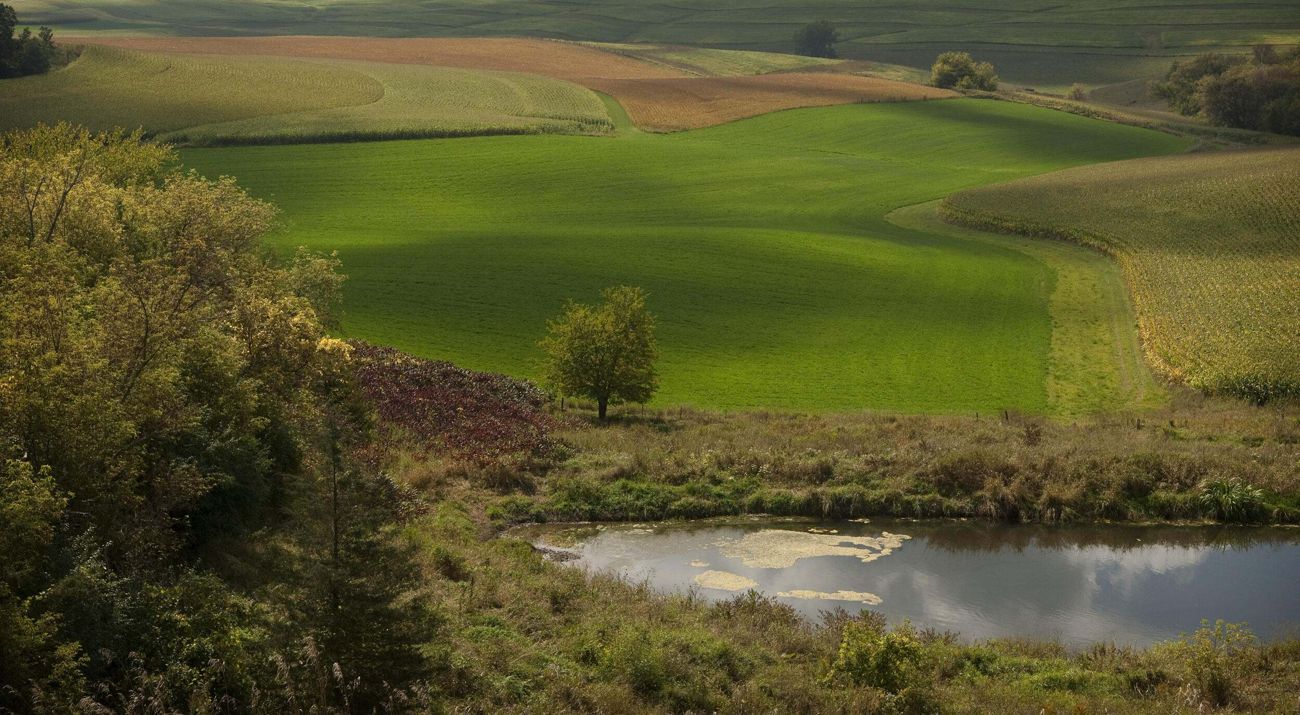
New study explores effects of four innovative solutions
Restoring a resilient Mississippi River starts on the ground. A recent study published in Frontiers in Sustainable Food Systems found that implementing regenerative agriculture practices on 50% of row crop agriculture can significantly reduce the environmental impacts of agriculture on nitrate pollution, soil erosion and greenhouse gas emissions.
“Living roots in the soil are the hero of this story,” said Rebecca Fudge, PhD, lead author on the study. “The more you can have living roots in the soil year-round, the more you can both anchor the soil to prevent it from eroding and also suck up nitrate so it doesn't trickle out to the Mississippi River."
In the study, the authors call this Continuous Living Cover (CLC); they studied four different systems that keep roots planted in the ground through winter: agroforestry, livestock pasture, winter oilseed crops and winter annual cover crops.
Fudge, Upper Mississippi River Foodscape program specialist at The Nature Conservancy (TNC), works with farmers and agriculture partners to support regenerative agriculture practices that benefit their operations, communities and the environment.
Living roots in the soil are the hero of this story. The more you can have living roots in the soil year-round, the more you can both anchor the soil to prevent it from eroding and also suck up nitrate so it doesn't trickle out to the Mississippi River.
Agricultural practices have significant consequences for the health of rivers and streams. At the heart of the Upper Mississippi River (UMR) Foodscape program that was the focus of the study is the Driftless region, which includes parts of Minnesota, Iowa, Wisconsin and Illinois. A foodscape maps a portion of the global food system, categorized by ecological and human influence. The agriculture of this region contributes significantly to the health of the Mississippi River and its tributaries. And the river provides drinking water for 20 million people.
“Water quality is one of the primary concerns for the Mississippi River,” noted Lisa Kushner, MS, foodscape program director at TNC. “It is impacting human health because there are parts of the river system where we are not meeting safe drinking water standards because of nitrate contamination.”
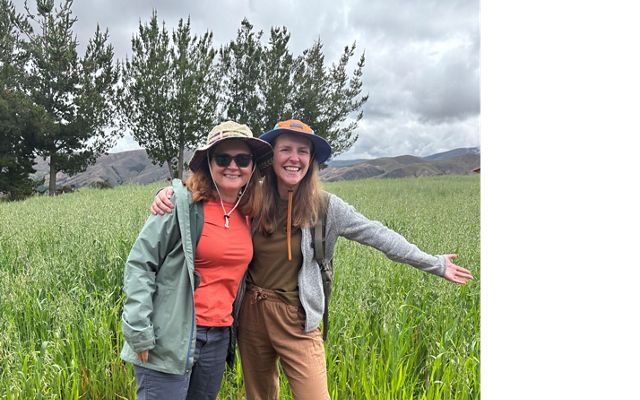
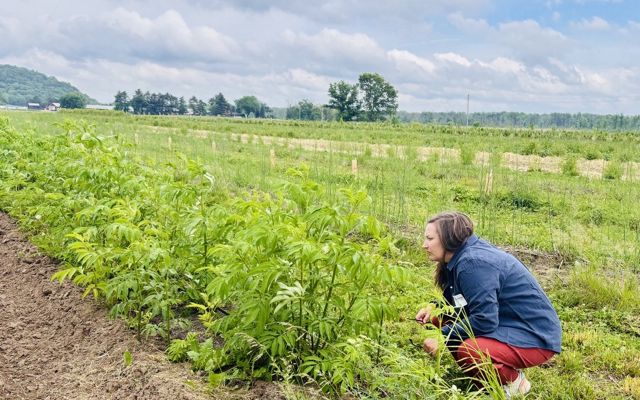
The researchers used computer modeling and a review of published studies to estimate the effects of increasing four different practices. The study assumed planting winter annual cover crops or annual oilseeds on 50% of row crop agriculture. The other two methods considered planting trees or pasturing livestock on 50% the marginal lands of corn and soybean crops, or about 3% of the total row crop acres. In other words, considering beneficial alternative uses for the land that is already challenging to farm.
Study results show all four practices have the potential to significantly reduce harmful levels of nutrients from entering waterways, but each comes with tradeoffs. Landowners and conservation organizations will need to carefully weigh the tradeoffs to determine the most effective combination of practices to implement.
“The corn and soybean system in the U.S. is the result of 100 years of federal and state policy, and those policies secured a huge amount of infrastructure and investment in just a few limited crops,” explained Emily Zimmerman, PhD, director of agricultural strategies at TNC in Wisconsin. “So you have a system with a 100-year head start on practices like agroforestry or grass-based livestock. That makes the financial and technical component of introducing more innovative practices all the more challenging for farmers.”

Cover crops in Southeast Minnesota. Cover crops help benefit water quality and keep rivers clean.
The effects of four scenarios were measured across three outcomes: nitrate pollution, soil erosion and greenhouse gas emissions.
Excess nitrate losses from farmland entering streams and rivers is a major contributor to water contamination and the low-oxygen dead zone in the Gulf. Transitioning to continuous living cover systems, especially agroforestry and pastured livestock, can reduce nitrate loss by up to 91% per acre. Results for winter annual cover crops varied more widely, from 74% reduction to an 8% increase, depending on the crop, soil type and tillage practices. Winter oilseeds require fertilizer, which offset some of the benefit of planting, and results ranged from a 25% reduction of nitrate loss to a 27% increase.
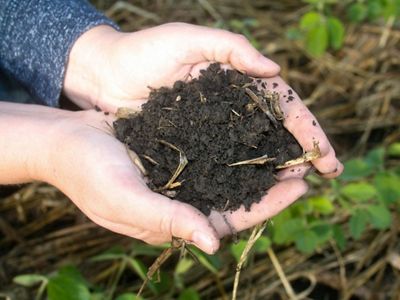
When farmers leave their soil bare in winter and spring, significant soil erosion occurs. This practice is harmful both to the farm and nearby rivers and streams. When the soil erodes, phosphorus runs off along with the soil. While phosphorus is beneficial to growing crops, its loss degrades water quality and sediment buildup threatens aquatic habitats.
“A lot of work has been done over the past several decades to understand how to retain nitrate and phosphorus, which are the two key nutrients that we want to keep in our farm fields and out of our freshwater systems,” Zimmerman said. “This research has shown the potential opportunities of using these regenerative practices to effectively hold onto nutrients in the soil.”
All four practices studied—cover crops, oilseeds, agroforestry and livestock—reduced erosion. Pastured livestock and cover crops offered the largest reductions in the modeling, up to 92%.
The third benefit studied, greenhouse gas reductions, has a less obvious effect on river health. The negative effects of growing greenhouse gas emissions, however, contribute to altered precipitation and runoff patterns. These changes to the climate in the region also affect the Mississippi River, leading to dangerous flooding and increased nutrients in the water.
Agroforestry and cover crops can reduce greenhouse gas emissions, but livestock systems may increase the effects unless they are carefully managed.
“There’s no silver bullet in agriculture,” Fudge said. “That’s why we focus on a variety of transition pathways, including others that weren’t featured in this study.”
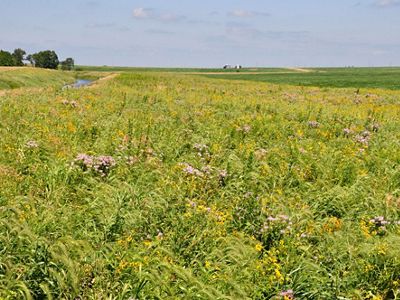
The researchers identify marginally productive lands as ideal for transformation, especially in the Driftless Area, which is prone to soil erosion and nutrient loss caused by the somewhat hilly terrain and unique karst geology. Yet adoption of conservation practices like these is low across the region due to several financial, technical and policy barriers.
“The benefits of a lot of these systems don't accrue for a couple of years and they require upfront investment,” Fudge explained. “So often without some sort of financial incentive, there isn't a reason to try these new systems, especially because a lot of them are difficult to implement and you need different equipment.”
The authors suggest these barriers can be overcome by offering financial incentives, infrastructure investment, technical support and peer learning to scale up adoption. Implementing these practices across the UMR Foodscape could serve as a model for watershed-scale restoration, improving local and regional water quality, reducing the dead zone and enhancing ecosystem resilience throughout the Mississippi River Basin.
“Financial risk sharing can help farmers feel supported in doing this and can bridge that gap between when they start and when it becomes profitable,” Kushner said. She added that ultimately adding different crops can create a stable, diversified income stream, but it takes front-end investment and time.
Today, the widest adopted practice is planting winter cover crops such as rye, and that is still low at about 7% of the farmed land. Some benefits the researchers noted are weed control, reduced need for fertilizer, and an earlier spring planting season.
“We have longer winters in the upper Midwest and you want to have the longest growing season that you can. Having this continuous living root helps the soil better manage extra water, allowing farmers to get into their fields and plant earlier in the spring,” Kushner said.
This study is important because it took a whole foodscape perspective, so it allowed us to really see what whole landscape change might look like.
Studies like this one help us understand how different practices could be scaled across a landscape.
“This study is important because it took a whole foodscape perspective, so it allowed us to really see what whole landscape change might look like. But there are other tools that look at finer resolution, so, for example, you could look at a single farmer's field or a small watershed of up to 40,000 acres,” Zimmerman said.
Looking across the entire landscape, experts can work with landowners and farm advisors to identify strategic locations where agroforestry or other perennial plantings would be most effective. TNC employs tools and frameworks like those developed in this study to zero in on the landscape and work with our agriculture partners to think about field level implications.
“We hope that this tool is a useful framework for estimating environmental outcomes at a landscape scale, one that will be useful for other projects like ours around the world,” Fudge said.
Alison Lovdal, TNC food systems scientist, and Julie Grossman, PhD, professor at the University of Minnesota Department of Horticultural Science were also coauthors on the study.

Sign up to receive updates from The Nature Conservancy
Read more about how TNC is working to reduce the effects of harmful nutrients in our freshwater.